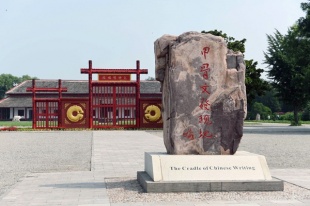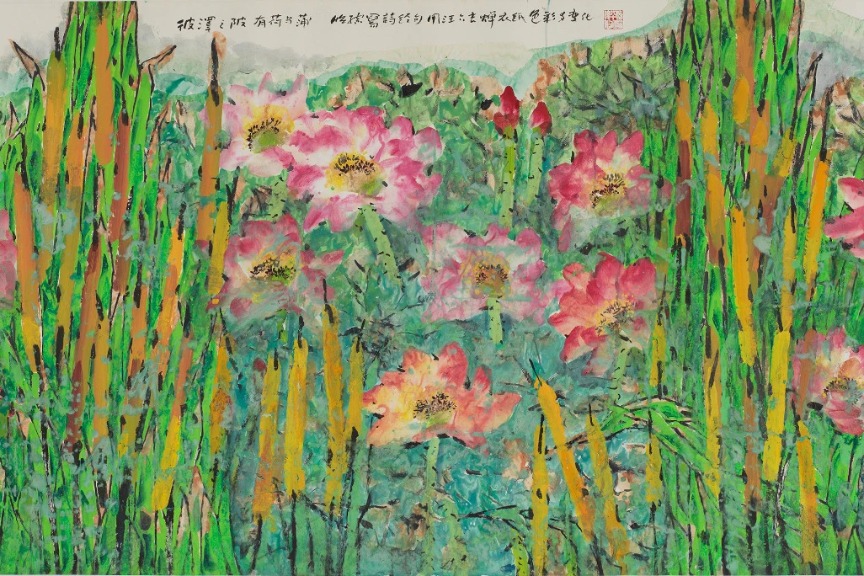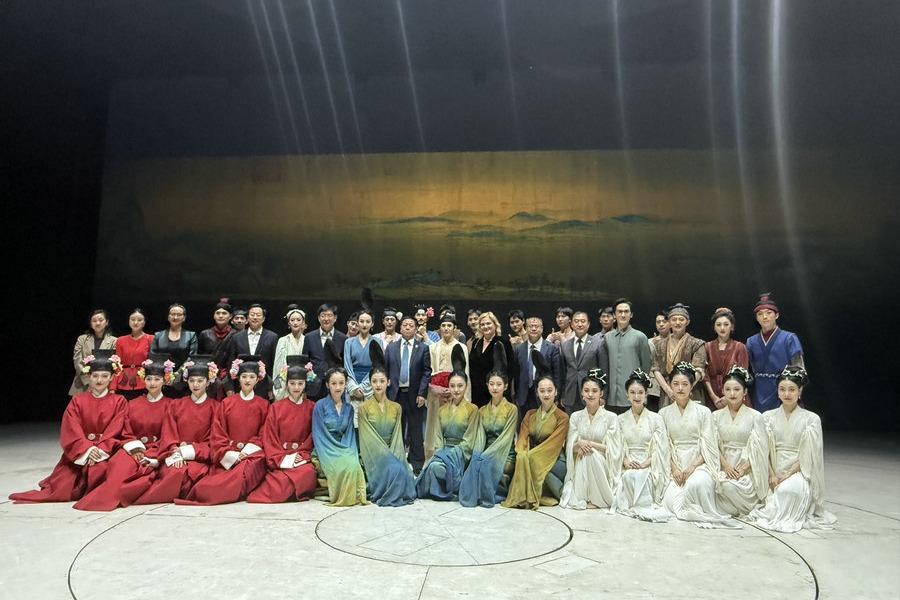Yin Xu


Category of Site: Cultural site
Brief introduction
Situated on both banks of the Huanhe River to the northwest of the nationally famous historic and cultural city Anyang, Henan province, the archaeological remains of Yin Xu date back to 1,300 BC and have two sites: the Palace and Royal Ancestral Shrines Area and the Royal Tombs Area covering a total 414 hectares with an enclosing buffer zone of 720 hectares. Yin Xu has been confirmed by historic documents, oracle bone inscriptions and archaeological excavations as the first site of a capital in Chinese history. The 20th King of the Shang Dynasty Pan Geng, moved his capital from Yan to Yin (the area around Xiaotun Village of present Anyang) around 1,300 BC, and established a lasting and stable capital. It spanned 255 years with 12 kings, eight generations and created the splendid and brilliant Yin-Shang Civilization, which is of priceless value in terms of history, art and science.
Yin Xu was added to the World Cultural Heritage List in 2006.
Cultural heritage
Yin Xu, capital of the late Shang Dynasty, was the earliest site to possess elements of civilization, including more than 80 house foundations of rammed earth with remains of timber structures, ancestral shrines and altars enclosed within a defensive ditch which also functioned as a flood-control system. Numerous pits within the palace area contained inscribed oracle bones considered to carry the earliest evidence of the written Chinese language. The Royal Tombs area includes sacrificial pits containing chariots and human remains considered to have been sacrificial victims. Burial goods included decorated bronze ritual vessels, jade and bone carvings and ceramics.
Being one of the most important capital sites in early China, the planning and layout had a significant influence on the construction and development of subsequent capitals of China. The Royal Tomb Area of Yin Xu is the earliest large-scale royal graveyard in China and the source of China's system of royal and imperial mausoleums. Oracle bone inscriptions are the earliest known mature form of writing in China and constitute evidence for the history of the Shang Dynasty in China, helping to track Chinese history nearly 1,000 years earlier, and the Site of Yin Xu conveys the social life of the late Shang Dynasty, reflecting highly developed science and architectural technology including bronze casting and a calendar system.
The cultural remains at Yin Xu provide exceptional evidence of cultural traditions in the Late Shang Period, and are testimony to many scientific and technical achievements and innovations, such as the solar and lunar calendar system, and the earliest evidence of systematic written Chinese language in oracle bones. Moreover, the material remains discovered at Yin Xu provide tangible evidence of the early history of ancient beliefs, social systems and major historical events, which are considered to have outstanding universal significance.





































